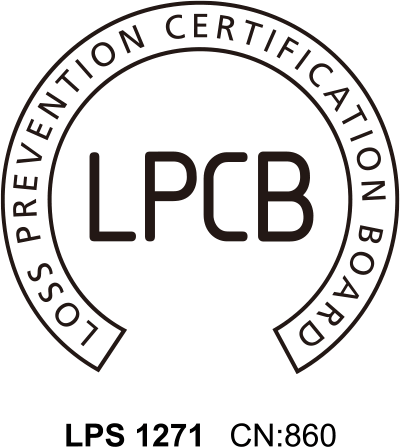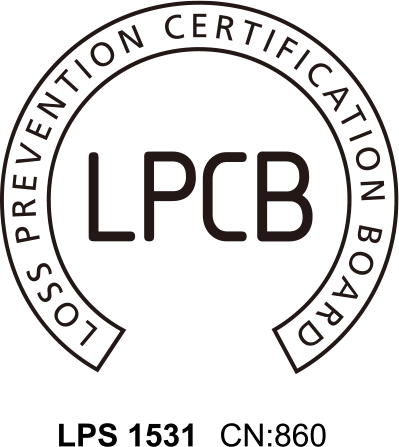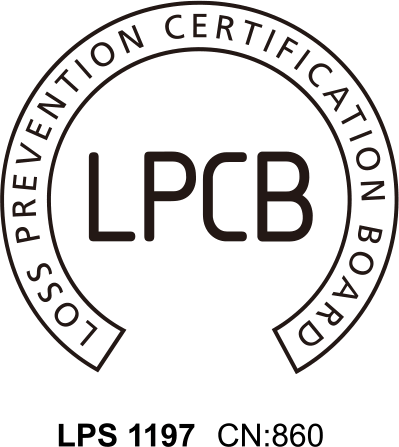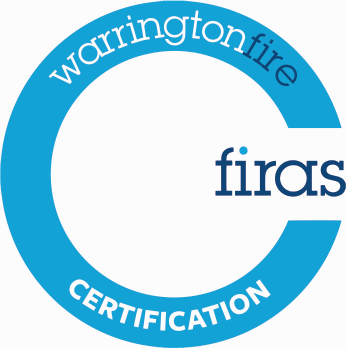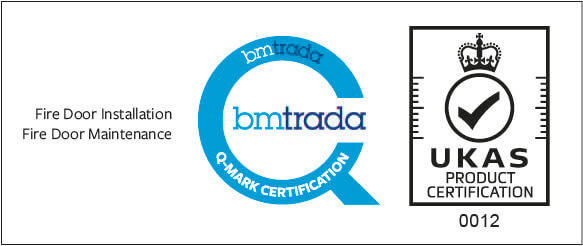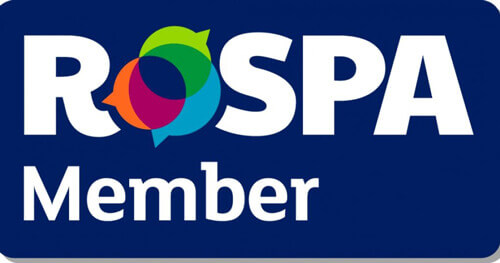Lakanal House: The Verdict
On 3 July 2009, six people died in a fire at a council-owned tower block in south London. The inquest into their deaths found opportunities to prevent the tragedy were missed.
Here is the case that will change social landlords’ approach to fire safety forever
- Catherine Hickman, 31, was on phone to operator for an hour before dying
- 20 minutes into call she said: ‘I can see flames at the door, it’s choking’
- Operator said ‘don’t open door because you don’t know what’s behind it’
- She later told operator: ‘It’s orange, it’s orange everywhere’
Today, following an 11-week long inquest that was told that lives could have been saved that day at Lakanal House one theme was clear; mistakes and missed opportunities.
The Jury found that Southwark Council had ‘numerous opportunities’ to carry out fire safety checks inside the building.
The lessons that emerged are ones that social landlords across the UK can and should learn.
In its verdict, published in the 11th week of a gruelling investigation into the deaths of the six people in the blaze on 3 July 2009, the jury clearly pointed to the ‘failures’ of Southwark Council, which owned the 14-storey block. The lessons that emerged are ones that social landlords across the UK can and should learn.
Witnesses for the council, its contractors and London Fire Brigade revealed key decisions taken in the years leading up to the fire now look questionable at best. Panels installed as part of decent homes refurbishment under the bedroom windows of flat 79 – the home of victim Catherine Hickman – appear to have helped the fire spread more rapidly than expected after it was started by a faulty television in flat 65, below. ‘This was due to a serious failure on the part of SBDS [Southwark Council’s building design services], its contractors and its sub-contractors,’ the jury said.
The panels were fitted in 2006/07 and neither Annabel Sidney, project manager at Southwark Council, nor James Cousins, senior quantity surveyor at contractor Apollo, thought they were directly responsible for the level of fire resistance they offered. It also emerged during the inquest that they offered less resistance than the panels they replaced. Certainly steps that could have prevented or slowed the fire’s spread were not taken.
Oh my God, I can see flames at the door… it’s all orange
- The 999 call from burning block of flats that ended with a scream
The fire service was also criticised for its lack of consistency in whether to tell residents to ‘stay put’ or ‘get out’ during a tower block fire. Also, no fire risk assessment was carried out at Lakanal House before the blaze, despite being a legal requirement.
As a result, coroner Judge Frances Kirkham made various recommendations to Southwark Council, the Communities and Local Government department and London Fire Brigade at the end of the inquest in a series of letters, known as rule 43 recommendations.
The initial firefighting teams on the scene describe the unexpectedly difficult job they faced tackling the blaze at Lakanal House.
Peckham firefighter James Badger, in the first crew to enter the tower block, tells the inquest firefighters did not expect the fire to spread rapidly from flat 65. Jason Moore, another Peckham firefighter, reveals he was one of eight crew members who had visited Lakanal House just two months before the blaze to familiarise themselves with the block. Firefighter John Clarke states he went up to the 10th floor after ensuring people were out of flats on the ninth floor – not realising he was checking the same flats twice as they were maisonettes and therefore spanning two floors with two separate means of entry.
Firefighters give a picture of a fire service in disarray as they tried to get on top of a blaze they expected to remain confined to the flat of origin for an hour.
‘Failed to react’
They went on to state that firefighters could have concentrated more on rescuing people rather than putting out flames.
The jurors also found LFB personnel who took emergency calls from some of the victims failed to react to the situation when they told them to stay where they were.
It would have been possible for them to escape without assistance, according to the jurors.
The jury said the LFB should have advised Mrs Francisquini to get out with her children once it was clear how smoke-logged her flat had become.
The jury said the LFB also failed to prioritise the rescue of Miss Hickman in flat 79.
Confusion over the layout of the building and flat numbers prevented firefighters getting to her quickly enough, the jury said.
In fact, residents could have got out of the building via communal balconies leading onto the main stairway, the inquest heard.
Pathologists said Miss Hickman died from inhalation of fumes and burns, and the other five from inhalation of fire fumes.
What landlords need to know
- The inquest revealed tenants lacked knowledge about what to do in the event of a fire in a high-rise building. Judge Frances Kirkham (pictured) recommends landlords improve their tenants’ fire safety awareness and are encouraged to retrofit sprinklers. She also recommends the government publishes guidance clarifying when tenants should be told to ‘get out’ of blocks and when they should be told to ‘stay put’.
- Part of the reason the fire in Lakanal House spread quickly was because of failures of fire safety measures inside the flats. Expert David Walker suggested landlords view a 10 per cent sample of flats inside a block when doing fire risk assessments.
- The panels on the outside of Lakanal House, fitted in a 2006/07 decent homes refurbishment, were not fire resistant and allowed the fire to spread in under five minutes from the flat where the blaze started to the flat above, where Catherine Hickman died.
The jury concluded Southwark Council, its contractors and sub-contractors were guilty of ‘serious failings’ in relation to these panels because if they had been fire resistant they would have prevented the fire spreading so rapidly.
